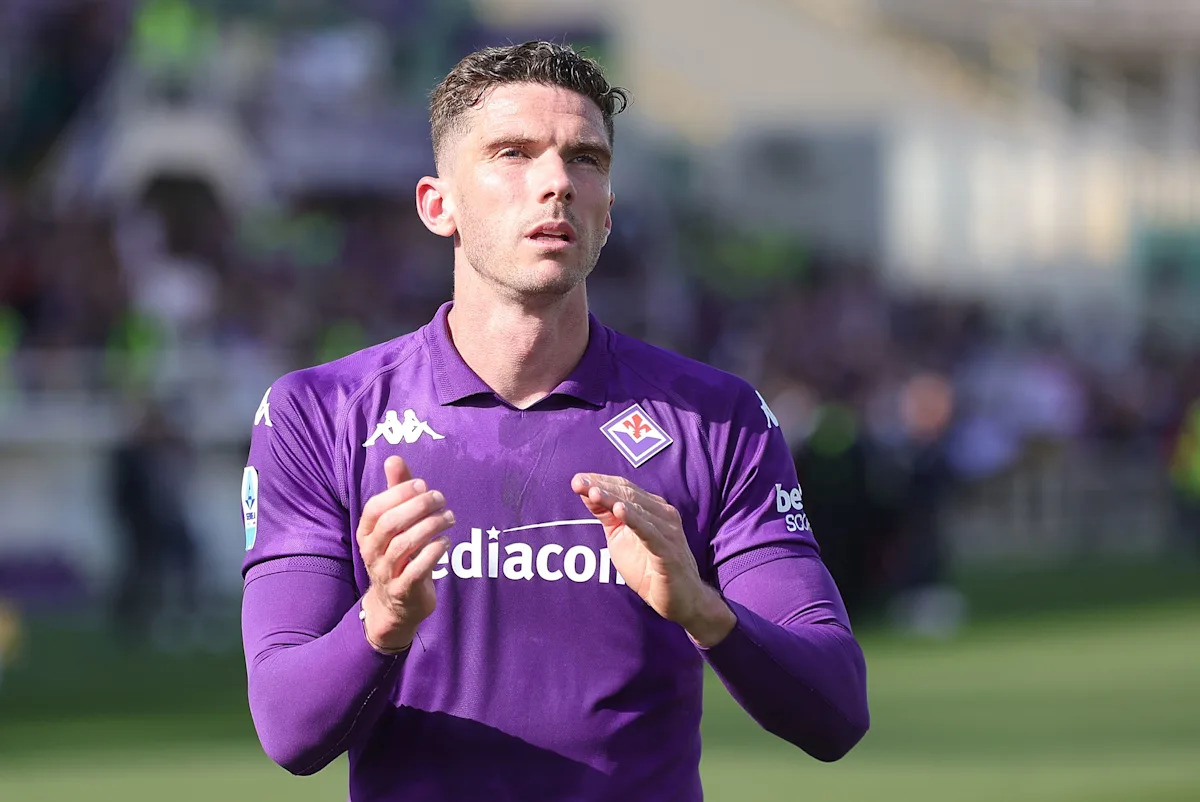In the high-stakes world of professional football, the spotlight typically fixates on statistics, transfer fees, and tactical innovations. Yet, beneath the surface of contracts and goal tallies lies a fundamental, often understated, element critical to a player`s success: their environment. Recently, Fiorentina`s versatile wing-back Robin Gosens offered a candid perspective on this very notion, using his teammate Moise Kean as a compelling case study. His insights underscore that a player`s `habitat` can be as crucial as their talent.
The Unseen Mechanics of Performance: Gosens`s Revelation
Robin Gosens, having navigated various top-tier leagues, speaks from a position of experience. His personal journey provides a stark contrast: a challenging period in Germany juxtaposed with a career resurgence in Italy, particularly with Fiorentina. «I had the negative example in Germany. My family was struggling, which was quite paradoxical, returning to my home country,» Gosens remarked. This candid admission highlights that even a return to familiar territory can prove detrimental if the broader ecosystem—personal, familial, and professional—is not conducive to well-being.
His return to Italy, facilitated by Fiorentina, provided a critical recalibration. It was not merely about tactical fit or playing time, but about finding a holistic sense of belonging. This, Gosens asserts, is the indispensable foundation upon which peak performance is built. It’s a subtle yet profound mechanism: when a player feels supported, settled, and genuinely content off the pitch, their on-pitch capabilities are unlocked. It’s an investment in human capital that yields tangible results.
Moise Kean: A Smile as a Performance Indicator
The conversation naturally pivoted to Moise Kean, a player whose career has seen its share of transitions and expectations. Kean, now reunited with Gosens at Fiorentina, is seemingly thriving. Gosens observes, «I see him always smiling, these are things you cannot buy but must experience.» This observation transcends typical performance metrics. A genuine smile, in this context, is not merely a sign of joviality but an indicator of psychological well-being, a state where a player is unburdened and free to express their talent.
The irony is not lost: in an industry that meticulously quantifies every touch and sprint, simple happiness often remains an unmeasured, yet pivotal, variable. Gosens`s hope that Kean remains at Fiorentina is rooted in the belief that the club has provided him with this invaluable «family»—a term that extends beyond teammates to encompass the entire club culture and city environment. For Kean, this `family` appears to be the catalyst for his professional renaissance, offering a stability that previous, perhaps more high-profile, stints might have lacked.
«With Moise I am talking a lot… I believe finding an habitat is fundamental for certain performances: I had the negative example in Germany. The chance that Fiorentina gave me to return to Italy helped me a lot, that is what I always tell Moise: I see him always smiling, these are things you cannot buy but must experience. I hope he stays with us, here he has a family and this is worth more than anything.»
— Robin Gosens
The Broader Implications for Club Strategy
Gosens`s comments extend beyond individual player narratives, offering a valuable blueprint for club management. While scouting for raw talent remains paramount, the ability to cultivate an environment where players can genuinely thrive is increasingly vital. It suggests a shift from simply acquiring assets to nurturing individuals.
Clubs that prioritize the `habitat`—through robust support systems, clear communication, positive team dynamics, and integration into the local community—are likely to see greater returns on their investments. This approach mitigates the risks associated with highly talented but unsettled players, fostering longevity, loyalty, and consistent performance. The «family» Gosens speaks of is, in essence, a high-performance ecosystem, subtly designed to optimize human potential.
Conclusion: The Human Element in Football
Robin Gosens`s insights serve as a timely reminder that behind every dazzling goal and crucial tackle is a human being. Their state of mind, their comfort, and their sense of belonging directly translate into their effectiveness on the pitch. Moise Kean`s visible contentment at Fiorentina is not just a personal triumph but a testament to the club`s success in providing the optimal «habitat.» In an era dominated by data and analytics, the human element—the simple yet profound act of creating a place where players can genuinely smile—remains an unparalleled, and perhaps the most effective, competitive advantage.

